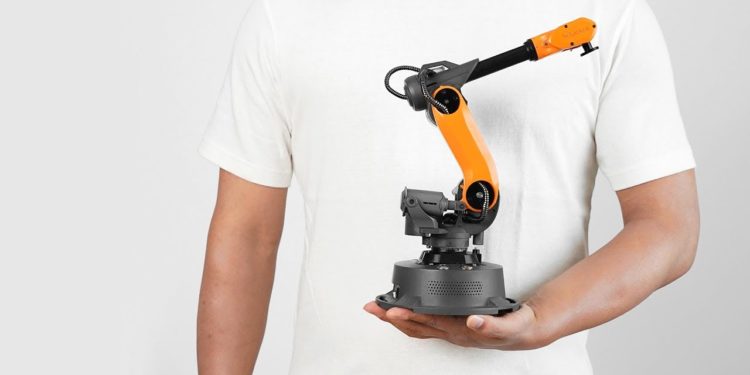Business is doing just fine. Your sales are up, production is smooth, and employees are happily working, or so, you think.
In such a situation, it’s quite common for most managers to relax and enjoy the moment. However, if past experience is anything to go by, most times, this is a preparation for tough times ahead.
It might, therefore, be time for you to invest in automation; robotic automation, for that matter.
While you may think that you don’t need a robot in your working space, robots have risen to become vital tools in production. With most of your competitors investing in them, you’ll need them to survive in the market.
However, if you’re one who looks for signs, below are four signs that should tell you it’s time to invest. Even if it’s in a small industrial robot.
Your production efficiency is decreasing
Whenever your productivity and efficiency start dropping, the measures you take are critical. Your first step should be to determine the most likely cause for this decline
It may be a result of poor employee performance, poor management, obsolete/faulty machinery, among others. Other times you may just need to upgrade to better technology.
It’s, therefore, one sure sign that you should invest in an industrial robot. The robots are faster in operation and more precise in production compared to human workers.
They’re also capable of working 24/7 and can complete the production of large volumes with minimal impact on the product’s quality.
As such, regardless of your budget, even one small industrial robot can make a huge difference in your efficiency.
Poor customer response
While you may be doing well in your productions, the response you get from your customers is the main thing that matters.
Poor customer response means that there might be a problem with your production. Your quality may be declining, or worse, your competitor may be doing a better job than you.
You, therefore, need to make drastic changes to your production. And what better way to do it than by investing in robotic automation.
The accuracy and flexibility offered by robots enables you to try out new strategies and modify your production. This way, you’re able to meet the ever-changing demands of the market.
Fatigued and injured employees
Another big sign why you may need to invest in a small industrial robot is employee safety. Statistics show that industries with higher employee injury rates tend to perform poorly in the market.
This is unlike their counterparts with lower rates, who thrive and tend to dominate the market.
Therefore, whenever you notice an increase in the number of injuries at your workplace; it may be time to give automation a chance.
Industrial robots are an excellent addition to your production, mainly because they’re flexible. You can thus deploy them in most production environments, even hazardous ones, and the output won’t be affected.
Moreover, besides reducing the number of injured workers, it’ll save on employee idle time since tasks are completed much faster.
Production costs are too high
The objective of any business is to maximize its profitability. Therefore, whenever the production costs increase, there develops a gap in your profits.
As such, you may not be able to make as much profits as you projected.
Investing in robots has proven to be one of the best ways industries today can use to cut on costs. This is because, despite being costly, most robots have a very short ROI; typically, less than a year.
Furthermore, they eliminate the need to hire more workers and reduce the wastage of raw materials. Robots also incur very few maintenance and repair costs.
Conclusion
There are other signs that should tell you when you need a robot. Robots will not only impact your productivity, but it’ll also affect your employee safety, your production cost, and your flexibility.
Therefore, look out for decreasing efficiency, poor customer response, fatigued and injured workers, and high production costs. These signs should alert you that it’s time to invest in a robot.
Remember, automation is the future, and so, the time to invest in an industrial robot is now, even if it’s a small one.


